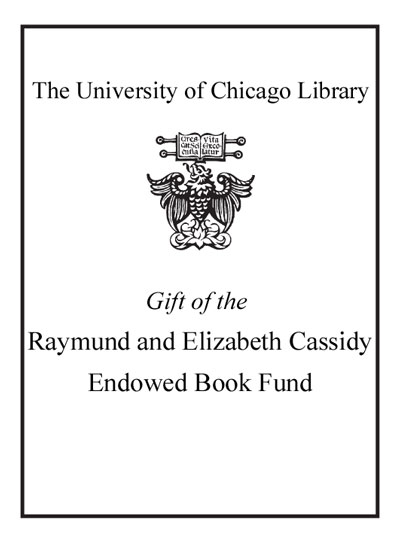Review by Choice Review
The Cambridge spies--Kim Philby, Guy Burgess, and Donald Maclean--have fascinated specialists because of their escape to the Soviet Union. Consequently, Philby, the most notorious of them, had a renaissance before his death in 1988, as writers accepted his account found in My Silent War (1968). For years, the exploits of the Cambridge Five have been uncontested. Hamrick, a gifted novelist and former government official, has challenged their legend in his groundbreaking examination of the case. Unlike his predecessors, Hamrick focuses on Venona and how the Americans and British responded to those revelations. Examining the case from the perspective of a counterintelligence analyst, he believes London managed to break more of the Maclean archive than their US counterparts at Arlington Hall realized, while not sharing that information with the Americans. Only when the National Security Agency released their decrypts was it possible to visualize the British deception operation used to expose Kim Philby and provide the Soviets with false intelligence on Anglo-US nuclear capabilities. Historians may consider Hamrick's analysis speculative, but his book is the most significant study of the Cambridge spy ring to reach the public in years. ^BSumming Up: Highly recommended. All levels/libraries. C. C. Lovett Emporia State University
Copyright American Library Association, used with permission.
Review by Publisher's Weekly Review
In a groundbreaking analysis of one of the most famous Cold War espionage cases, Hamrick, a former U.S. Foreign Service officer, asserts that British intelligence had identified Donald Maclean as a Soviet agent earlier than the accepted date of spring 1951. He begins his reappraisal of the events of 1947-1951 by dismantling existing journalism on the subject. He goes on to explain his doubts about both Kim Philby's prowess as spy and the veracity of Philby's book, My Silent War. Writing with a highly specialized knowledge of the intelligence institutions and their history, Hamrick painstakingly identifies anomalies in the NSA's Venona archive of decoded Soviet intelligence and examines complementary London and Moscow sources. Convinced that London still has much to hide about its past, Hamrick maintains that MI5 not only knew far earlier than 1952 about Maclean but argues forcefully that during 1949-1950 it ran a disinformation initiative in which Philby was used as an unwitting foil to hoodwink Moscow about Anglo-American military capability. Hamrick (author of The Consul's Wife and other novels under the pseudonym W.T. Tyler) redeems the reputation of British intelligence with his assertions and casts aspersions on the past proficiency of the CIA. His subversive recasting of the Philby-Maclean-Burgess case will fascinate and challenge all those interested in Cold War history. (Nov.) (c) Copyright PWxyz, LLC. All rights reserved
(c) Copyright PWxyz, LLC. All rights reserved
Review by Library Journal Review
The opening of the Venona files in the early 1990s ignited a flurry of books exploring the intricacies of Soviet espionage in the United States during the 1930s and 1940s. Now Hamrick, a former Foreign Service officer and novelist, has looked closely at the Venona and other related archival records relating to famous British spies Kim Philby, Donald Maclean, and Guy Burgess and provides new information on their careers and how they coordinated efforts with other Soviet spies. Hamrick also sheds new light on the efforts by the British government during the last years of the 1940s to maintain a cordial working relationship with American atomic scientific research, a relationship that would be strained by the revelations of such spies as Klaus Fuchs. This is a remarkably well-crafted and thoroughly documented book, but it must be read with care because the details are at times daunting. For most collections.-Ed Goedeken, Iowa State Univ. Lib., Ames (c) Copyright 2010. Library Journals LLC, a wholly owned subsidiary of Media Source, Inc. No redistribution permitted.
(c) Copyright Library Journals LLC, a wholly owned subsidiary of Media Source, Inc. No redistribution permitted.
Review by Choice Review
Review by Publisher's Weekly Review
Review by Library Journal Review

